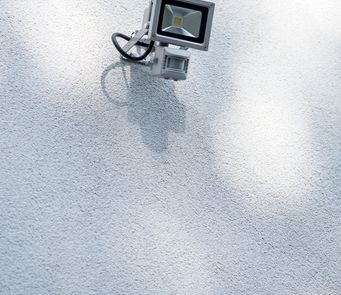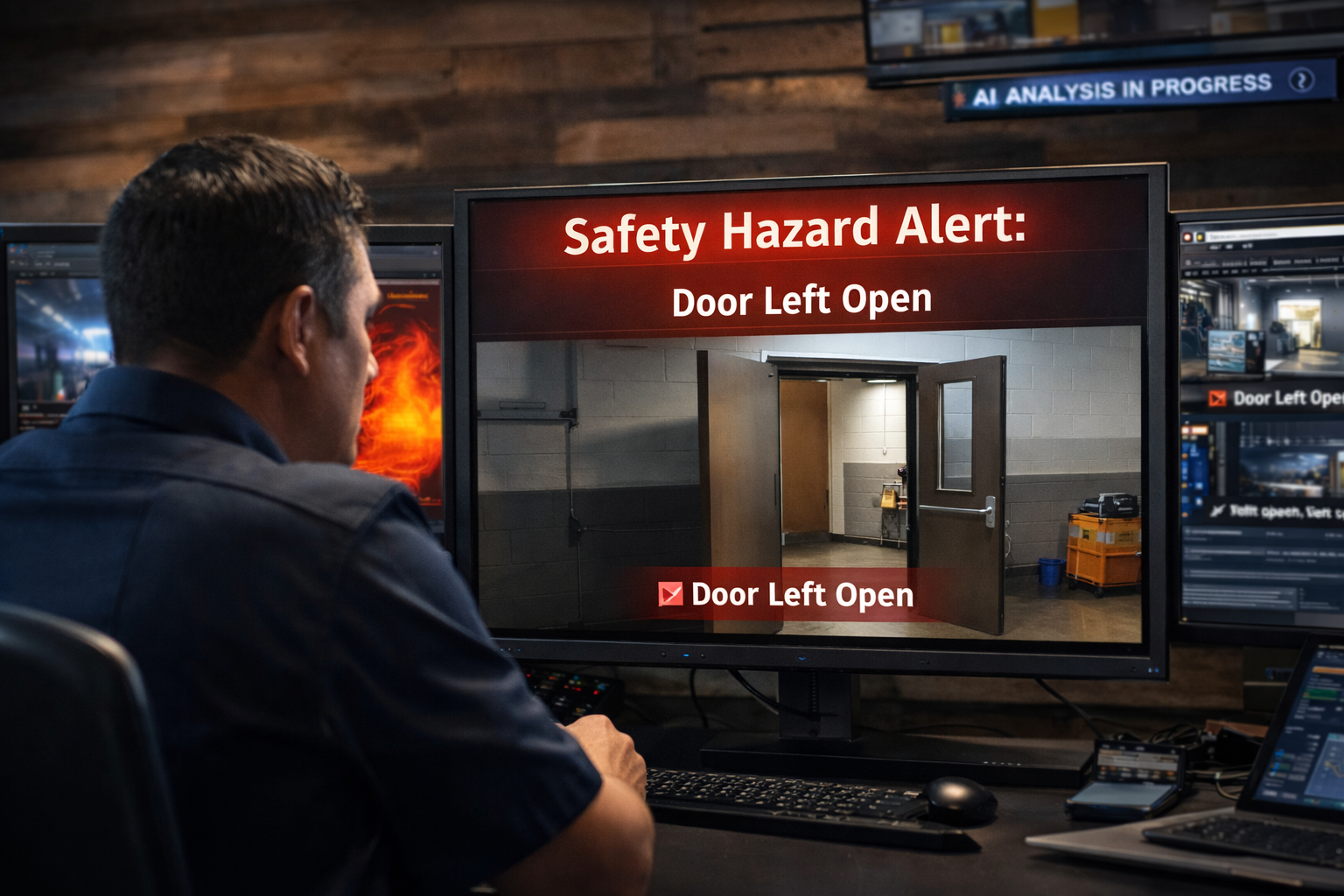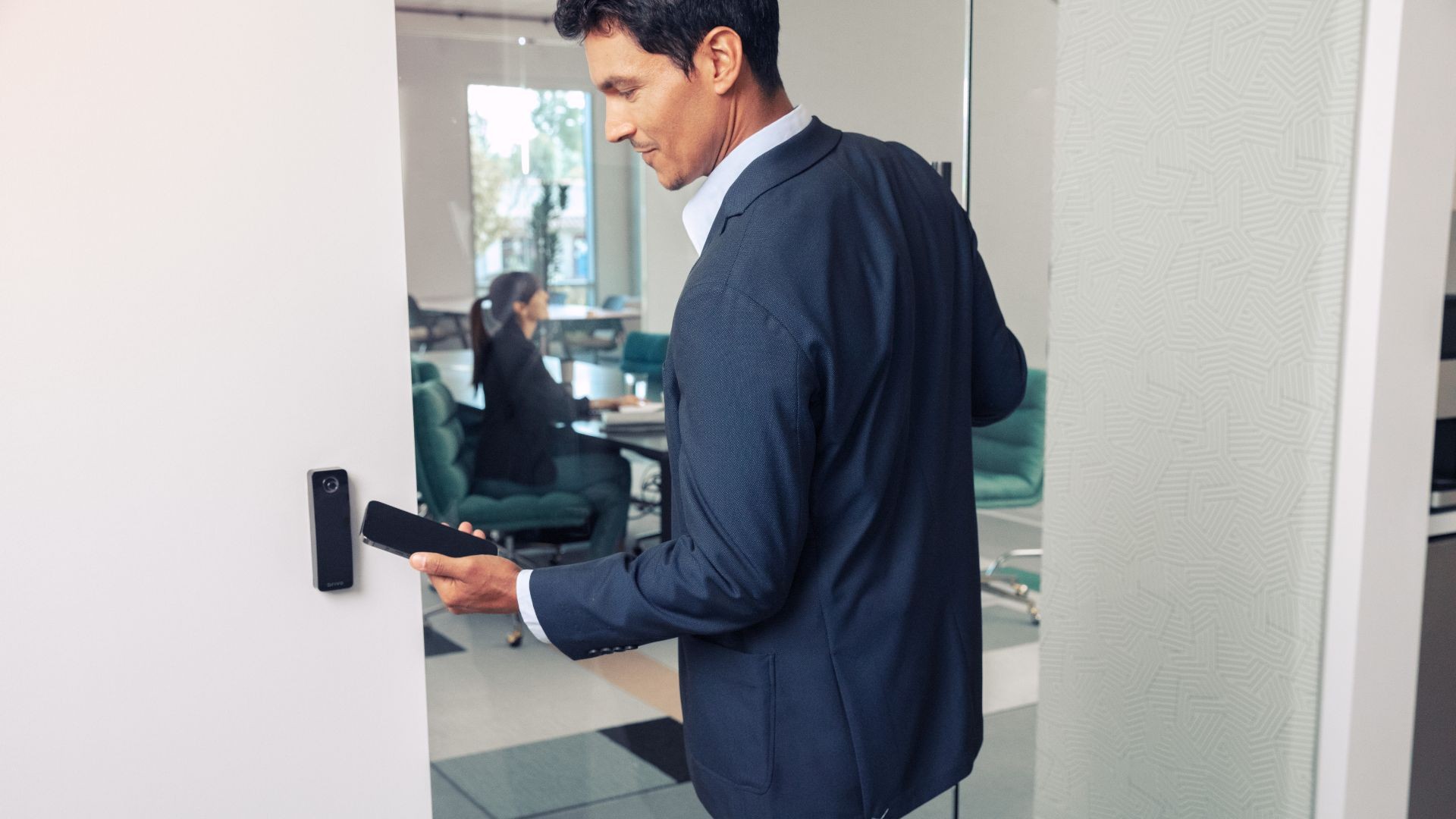When businesses close up shop for the evening, exterior motion-sensor security lighting may help deter break-ins overnight. These lights can startle trespassers, and they’re particularly effective if they’re placed near security cameras, because would-be thieves know they’re being recorded in good lighting.
Motion-sensor lights are more efficient than security lights that stay on all the time, because they use less electricity, and they reduce light pollution in urban environments. They can also be used indoors to reduce utility costs.
A smart choice for sprawling offices
In large offices, it’s not unusual to see a room clear out after a meeting without anyone stopping to turn off the lights. Those lights may continue to blaze all day long, illuminating an empty room. When you have an alarm system with internal motion sensors (also called occupancy sensors, when used indoors) or vacancy sensors, you can make sure lights are on only when necessary.
Vacancy sensors are similar to motion sensors in all but one way – they don’t turn lights on; instead, they turn lights off when they determine a room is vacant, so they might be a more efficient choice than motion sensors in some settings. For example, during the day, windows may provide sufficient light for a room, but motion sensors would still turn lights on upon a person entering the room.
A case study shows significant savings
In 2008 and 2009, the Student Sustainability Committee at the University of Illinois piloted a two-phase project to outfit lecture halls, laboratories, restrooms and other common spaces with occupancy-sensor lighting. More than 560 occupancy sensors were installed in 500 rooms on campus, and occupancy sensors were also connected to heating and cooling systems, to ensure they were only running when buildings were occupied.
The motion detectors cut the school’s lighting-related electrical costs by 250,000 kilowatt hours, for an estimated annual savings of $19,000. HVAC system motion-sensors significantly reduced steam heat usage during the trial period, resulting in even greater efficiency gains than the motion-sensor lighting.
If you’re considering installing occupancy or vacancy sensors, consult applicable building codes – some codes prohibit the use of motion sensors for indoor lighting but allow the installation of vacancy sensors.









